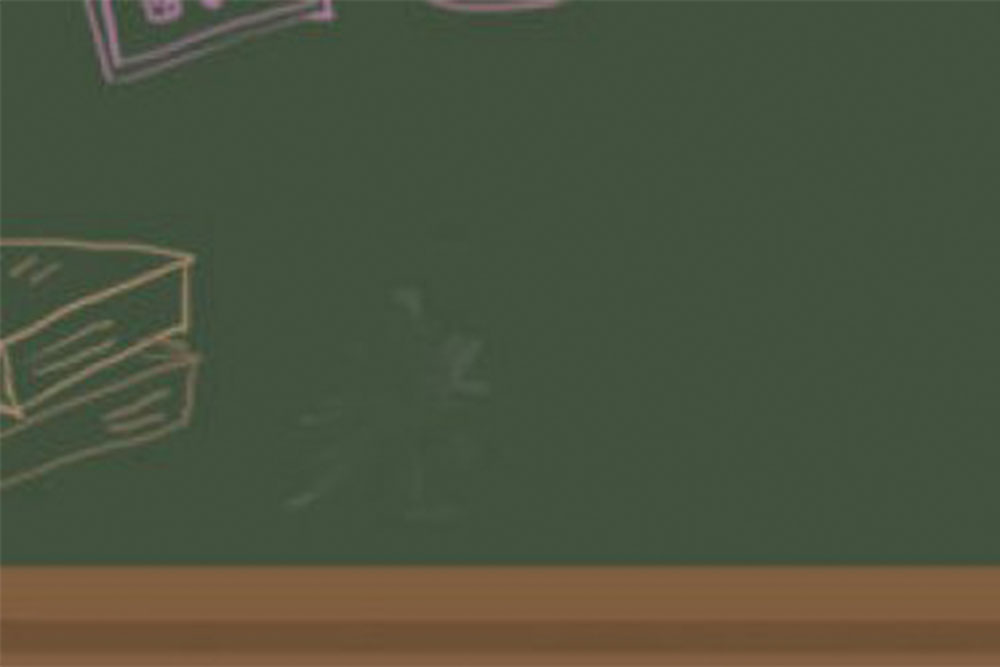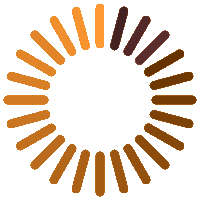
The Warp and Weft of our Education Fabric
Posted On – 04 Jun, 22
Author – Vaishali Gupta
As educationists we need to take a pragmatic look at how we are approaching teaching at primary level in our country as a whole. Undoubtedly, on a mass scale we are still battling to give our children the basic skills of numeracy, reading and writing. However, children who aren’t first generation learners may need a more modern and holistic approach towards fulfilling their curricular needs. In a country where children are placed on a hugely diverse level of learning, a ‘One size fits All’ curriculum may not be the right approach with which we educate our young.
While the world is moving towards more dynamic approaches of teaching, right from pre primary level, we in India cannot be curbing the child’s potential growth by diluting curricular needs and expectations. By doing away with sciences and social sciences in the elementary years, we might land up flattening the learning curve of children, especially the ones who fall in the top brackets of the schooling sector.
We’re all aware of the huge diversity that exists in India when it comes to its demographics, economic as well as literacy levels. The gaps might be huge, perhaps more than what maybe visible in most countries of the world. It may therefore be unfair to club all children in the same group.
While the 5+3+3+4 system should be applauded and the features of the draft National Education Policy are worth a million praises, it may not be incorrect to mention that we should not dilute the curricular expectations in terms of sciences and social sciences. In the absence of conscious opportunities to look at issues from different angles, children may weaken their perspective building and problem solving skills. If the learning outcomes do not aim at giving deeper importance to these skills right from the beginning, it may be too late/ difficult to nurture them in middle school.
Studies have shown how schools have found the quantum leap in the curricular expectations in science as well as social sciences when children transition from elementary to middle school. In such a scenario, diluting the conceptual understanding of science and social sciences in the primary classes will surely widen the gap.
Instead of completely removing subjects like science and social studies, it may be more practical to take a realistic look at the dissemination of these subjects in the classrooms. Diluting the presence of subjects that have always been considered as the warp and weft of our education fabric, (providing huge opportunities in building skills of reasoning, perspectives, culture appreciation, deductions and inferences, grit and resilience, and most importantly, problem solving) might cause more harm than good in the long run.
In the absence of modern approaches like S.T.E.A.M. and Design theory at the elementary stage, (when the child’s cognitive development is expanding at a fast pace), it may be interesting to evaluate and study the impact of such policy decisions on a child’s cognition later on. The performance at the High school level will show up how children reaching middle school with diluted skills and understanding in science and social sciences impacted their scholastic achievements and abilities.
However, at the onset some questions that are tinkering in my mind are:
(i) Will teachers be able to align the child to the sudden curricular needs of Middle school to prepare them for High school?
(ii) Will this shift help children perform better at the PISA tests that the premier institutions are so voraciously aiming at?
(iii) Is our education system is robust enough to funnel out these tests?
Though, I’m sure all these questions might surely get answered with time, my only silent prayer is “I hope we do not miss the bend, lest the U turn becomes a distant dream!;
stay upto date
©2025 One Teacher One Scientist | All Rights Reserved



